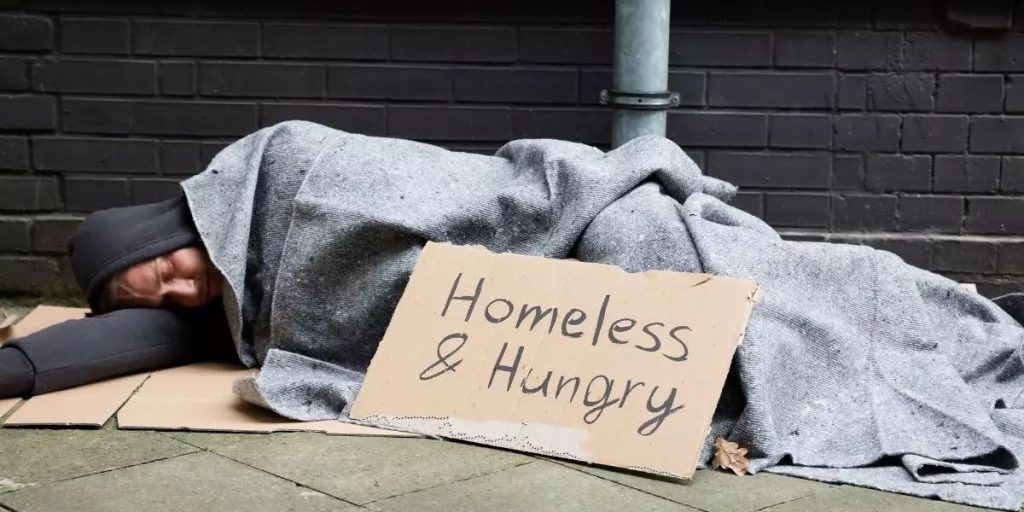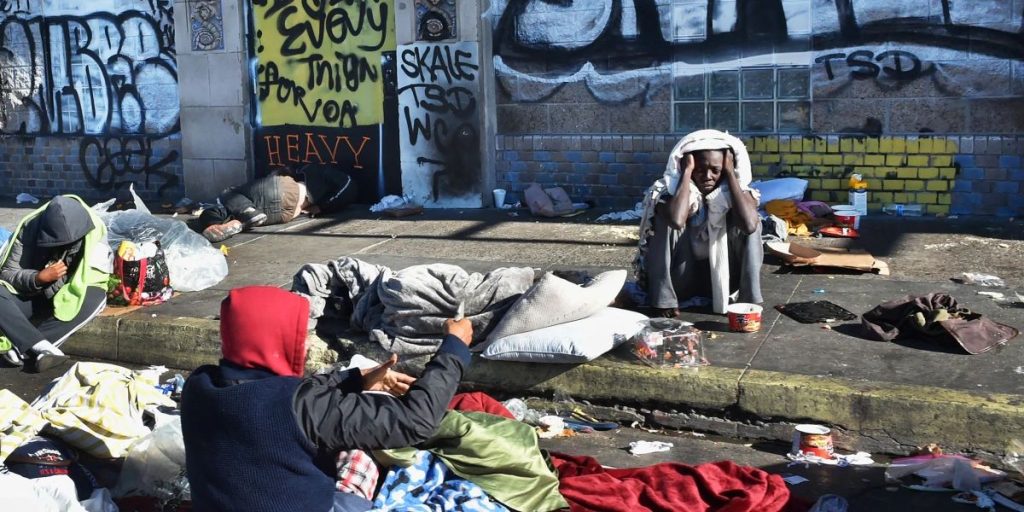Homelessness is a difficult issue that affects people from many backgrounds and conditions. Though the national homelessness rate has slightly decreased in recent years, several localities continue to face substantial challenges in providing enough housing and support services to individuals without homes.
Alabama, with its high poverty rate and very cheap cost of living, stands out as one of these areas experiencing significant challenges.
FLORENCE, a city in northwest Alabama, has the unfortunate distinction of having the state’s highest per capita homelessness rate, according to the most recent data from the Department of Housing and Urban Development (HUD).
Regarding Florence’s homelessness Rates
Florence, the main city in Lauderdale County, has a population of roughly 40,000 and is an important part of the Florence-Muscle Shoals metropolitan area, known as the Quad Cities, which has a combined population of around 150,000.
According to the HUD’s 2022 Annual Homeless Assessment Report (AHAR), Florence had 146 homeless people on a single night in January 2022, at a rate of 9.7 per 10,000 residents.

This rate is higher than in any other Alabama city or county, as well as the national average of 7.1 individuals per 10,000. Of the 146 homeless people in Florence, 54% were unsheltered and lived in places unsuited for human habitation, such as streets, automobiles, or abandoned buildings.
The remaining 46% sought shelter in emergency shelters or transitional housing programs. The AHAR also notes that Florence had 22 chronically homeless people who had been homeless for at least a year or had experienced at least four bouts of homelessness in the previous three years, as well as a handicapping condition.
Chronic homelessness is a severe burden that necessitates comprehensive and ongoing interventions and care, often at significant cost.
Possible Reasons for Increase in Homeless Population
- Economic Factors: Economic downturns, job loss, and a lack of affordable housing can contribute to homelessness. If the local economy faces challenges, individuals and families may struggle to find stable employment or maintain housing, leading to an increase in homelessness.

- Lack of Affordable Housing: Alabama, like many other states, may experience a shortage of affordable housing. Rising housing costs relative to income can make it difficult for individuals with low incomes to secure and maintain stable housing, pushing some into homelessness.
- Mental Health and Substance Abuse Issues: Individuals experiencing mental health challenges or substance abuse issues may face difficulties in maintaining stable housing. A lack of adequate mental health services and addiction treatment programs can contribute to homelessness.
- Natural Disasters and Climate Events: Events such as hurricanes, floods, or tornadoes can displace people and contribute to homelessness. In areas prone to such disasters, the destruction of homes and infrastructure can leave individuals without shelter.
- Social Services and Support Systems: The availability and effectiveness of social services and support systems play a crucial role in preventing and addressing homelessness. If there are gaps in services such as emergency shelters, affordable healthcare, and job training programs, it can exacerbate the homelessness problem.
Possible Solutions to Address Homelessness in Florence
Individual circumstances necessitate specialized methods when addressing homelessness. Effective measures to prevent and alleviate homelessness include:

- Permanent Supportive Housing: Low-cost housing combined with support services such as case management, healthcare, mental health counseling, substance addiction treatment, and life skills training. This technique decreases chronic homelessness, improves health outcomes, and lowers public expenses by reducing the need for emergency services.
- Rapid Rehousing: Assisting homeless or at-risk individuals in quickly obtaining and transferring to permanent housing. Offering short-term financial aid and services promotes stability, shortens the duration and recurrence of homelessness, and increases housing retention and self-reliance.
- Expanding Affordable Housing Options: Making housing more affordable for low-income households. This includes developing new housing units, conserving existing ones, offering rental subsidies, and enforcing fair housing regulations. This method aims to prevent and reduce homelessness while improving housing stability and quality.
- Improving Prevention and Diversion Services: Implementing strategies to keep people from becoming homeless or entering the homeless system. When someone is about to become homeless, it is critical to direct them to alternate housing or assistance.
Financial support, legal aid, mediation, counseling, and referrals to persons facing eviction, foreclosure, or other housing issues effectively reduce demand for homeless services while preserving existing housing resources.
Conclusion
Florence, Alabama faces a heightened homelessness challenge, with economic struggles, housing shortages, and mental health issues contributing to the issue. To address this, targeted solutions such as Permanent Supportive Housing, Rapid Rehousing, and Affordable Housing initiatives are crucial. Proactive prevention and support services can make a significant impact in mitigating homelessness in the region.